Podcast: Play in new window | Download
Subscribe: RSS
Dan is a Certified Financial Planner™ and President of Matson & Cuprill, a wealth coaching firm located in Cincinnati, Ohio. Rather than trying to ask for referrals he focuses on enlisting clients in building his mailing lists to organically attract the right clients. Dan systematized his client service approach and believes those systems form a blueprint that has enabled him to consistently get referrals without asking. We review the elements of that system so you can incorporate the same ideas into your business.
Dan also coaches advisors and is host of the podcast The Profitable Advisor.
Take away quote: “Our clients don’t work for us we work for them. Giving them things to share will help their friends.” #BecomingReferable
Show Timeline:
03:45 Using clients to build your list by making things easy to share
9:23 The benefits of a large list and how to nurture your contacts
11:54 Creating and marketing a ‘Shock and Awe’ kit
15:01 Building lists organically within a target market
21:10 Using text and voicemail for a personal touch
23:44 Ways to nurture relationships through client events
27:47 The importance of systems in building and attracting referrals
30:33 Creating systems with a purpose
31:45 The two most important systems for referrals: Metrics and Profitability
Links:
Website: https://www.dancuprill.com
LinkedIn: https://www.linkedin.com/in/dancuprill/
Dan’s Podcast: The Profitable Advisor
Want more?
Lead Pages: https://www.leadpages.com/
Stephen Wershing: http://advisorchecklist.com/blog/
Julie Littlechild: http://www.absoluteengagement.com/blog
Episode Transcript:
Read More
Steve Wershing:
Welcome to Becoming Referrable, the podcast that shows you how to become the kind of advisor people can’t stop talking about. I’m Steve Wershing. In this episode we talk with Dan Cuprill. Dan is an active advisor in Cincinnati with a successful practice and also coaches advisors on building profitable practices that attract clients. He’s also the host of the Profitable Advisor podcast. Dan is a wealth of information on marketing strategies that work.
Steve Wershing:
Maybe the most significant concept we discuss in this episode is that rather than trying to stimulate direct referrals he focuses on enlisting clients and building his mailing lists, both electronic and physical. It’s much easier for clients who don’t have to worry about whether a potential referral might qualify for your services or whether they really feel a need for a financial advisor and provides an easier, more comfortable way for connecting friends and colleagues to you. Then you are in control of the messaging and the timing. We also discuss how Dan leverages his shock and awe kit both to impress prospective clients and provide an attractive way for clients to spread the word about you. There are a lot of really good, actionable suggestions for marketing in this episode so we hope you will enjoy our conversation with Dan Cuprill. Dan Cuprill, welcome to the Becoming Referrable podcast. It’s so great to have you here.
Dan Cuprill:
Thank you, you two. It’s a real pleasure.
Steve Wershing:
So, one of the things that distinguishes your work is that you are not only a coach to advisors but you are an advisor yourself. And so, we want to talk all about referrals and your thoughts about them. How do you approach referrals in your own practice?
Dan Cuprill:
Yeah, I have a different approach to it then I think most advisors do because I have a very specific mindset for a client that before I will take them on the client has to fit a certain profile and it’s mostly a psychological profile. And it’s really not something that I could go to say one of my existing clients and say to them for example, “What people do you know who have anxiety about their money?” Right?
Steve Wershing:
Right.
Julie Littlechild:
That’s an uncomfortable conversation.
Dan Cuprill:
They may know the people but they don’t know really what keeps them up at night. And I have a very strong opinion that not everybody should use a financial advisor. I think it’s those people who have trouble alleviating the anxiety in their life as it relates to financial matters, those are the people who need a financial advisor. Now truthfully, probably most people have that anxiety but there are some who don’t or at least they won’t acknowledge that they do and those are not the type of people that I want to work with. I want to work with people who will admit that they worry about things and they want somebody like a doctor to help them alleviate it.
Dan Cuprill:
Because the truth of matter is everything that we do as advisors it’s available to the clients to do on their own. We know it, we don’t want to admit it but it’s true and it’s more and more the case every year. So you don’t fight that in my opinion. What you do is you look for people who really do want to work with somebody to help them through it. So, I can’t really present that profile in a way that I think most of my clients could immediately identify people in their life who need that but what I can do is I can make my information available, the things that we do, the problems that we solve available to anybody. And so, my approach to referrals is I use my clients as a way to build my list. I want to have as many people as possible to reach out to me, to request information, a copy of my books, things that we’ve whether it be videos or a course that we’ve created, that sounds interesting to them.
Dan Cuprill:
I want them to make that initial contact and then once they do that then I will start nurturing those people. But what I won’t do is the traditional life insurance approach where they give you five names and you call them and you say, “Hey, I’m working with Jimmy and we’ve helped him a great deal and I think we can help you.” No that’s just not my way. I’m not comfortable doing it that way and frankly I just think it’s a bad way in this day and age. Because we are no longer needed as the distributor of our products. There was a time we had a monopoly on that. We don’t have that anymore so we have to come at it from a different perspective. So, the way I do referrals is I systematically use my clients to build my list by providing them with things that are not only interesting to share but are easy for them to share.
Steve Wershing:
Well, and that’s really interesting because that’s a very different approach to things. And so, a lot of us in the field who talk about referrals talk about getting referrals or extending that to getting introductions and making that personal connection that way and approaching it as just help me get people on the list, not that you would say it that way but just help encourage people to ask for educational things from me. That’s a really interesting, different approach.
Dan Cuprill:
Well, you’re going to get a lot more response to it that way. Because let’s face it, there are people that are just not going to be comfortable referring people to and you don’t want to impair your relationship with your existing clients in any way. You don’t want them to feel like, “Oh gosh, here he goes again. He’s going to be asking me to introduce my friends.” But if instead let’s say so for example one of the things that I do is I have a book called Diffuse: Seven Ways to Protect Your 401K From the Ticking Tax Time-Bomb. And so what it does is it explains the fact that 401K is taxable, that taxes could very well rise in the future to address a variety of needs that the country has and there are strategies that you can employ to minimize that or eliminate that tax entirely. All right. So that’s addressing a problem that somebody might have.
Dan Cuprill:
So what we do is we encourage our clients to share that book with their friends but the way we encourage them to do it is a way whereby they send the information to their friends, their friends opt in, and then we get their friends information. And we make it very clear what we are, who we are, and it’s very easy for them to opt out should they want to do it. So I would rather have that approach because let’s face it if they have issues they’re going to call us. And if they don’t have issues well they may not have issues today but they may have them in the future. And if I can continue to provide them with good what I call infotainment, which is information that’s presented in an entertaining way, I dramatically increase the likelihood of staying in their consciousness so that when the time is right they know to reach out to me.
Julie Littlechild:
Well, it’s interesting too because in a way that’s how we all market our businesses when we’re supplying the industry but we don’t often recommend advisors do it that way. And part of what I like about that approach so much is it allows you to control the narrative in a very different way. We know that clients have a hard time articulating value in a way that’s meaningful and it’s not their job to do that either. I mean, it’s great when it happens but this really just says, “Look, let me do that for you. I can manage it.” If we’re not right for them they’ll be off the list but otherwise now I can talk about value in the way
Dan Cuprill:
That’s a really great point. I mean, our clients don’t work for us we work for them, so why put them in that position? Instead, give them things that they’re actually going to help their friends by delivering. So if you prepare information that they know is going to be helpful to their friends they’re going to want to give it to them. But it’s not going to be something where they’re going to have to feel like they have to impose. Every once in a while, God love them, you get a client who’s just very referral oriented and he’s very passionate or she’s very passionate about sharing your story but they’re rare people and it’s part of their personality as to who they are. The rest of them tend to be very private people when it comes to this matter and they don’t feel the need they want to impose therefore they don’t.
Dan Cuprill:
But to say, “Hey guys, my advisor wrote this book that was very interesting. It explained things I was not aware of. He’s agreed to make a copy available to anybody who wants it. All you’ve got to do is click this link and he’ll send it to you and he won’t annoy you to follow. In fact, he won’t even ask your phone number.” Things like that are going to allow people to be a lot more comfortable about working with you and you’re going to get a much better response and you’re going to get people to opt in.
Steve Wershing:
Yeah. Now just a real quick question because there’s another thing I wanted to ask you but so if an advisor wants to pursue a strategy like this what would you say is a minimum effective list size that an advisor should target building to?
Dan Cuprill:
Once you get to about a thousand people you start to see the benefits. Now having said that, I was just talking to a guy that I work with a couple of days ago and his list has just started to grow, he’s got less than 100, and he’s got an appointment with one of the people who had ordered his kit, his book. We help clients create what I like to call shock and awe kit and in there there’s a book and a few other things. And I told him I said, “That’s great that you’ve gotten one this quickly,” because he’s only started about a month ago, “But just understand usually that doesn’t happen so I don’t want you to expect that you’re going to get one next week. But once you get to about a thousand things just seem to happen.”
Dan Cuprill:
I’ve never studied the science of that number, I’m just from my own experience. Now you have to do other things like it’s not enough just to send them the stuff you have to effectively nurture them so that they continue to get things of value from you. It could be a daily email, an invitation to a webinar. When we get back to normal times invitation to a seminar, invite them to your clients event where you seat them with the friends who referred them. Things like that will dramatically improve your ultimate conversion results.

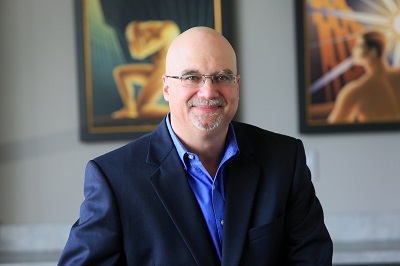

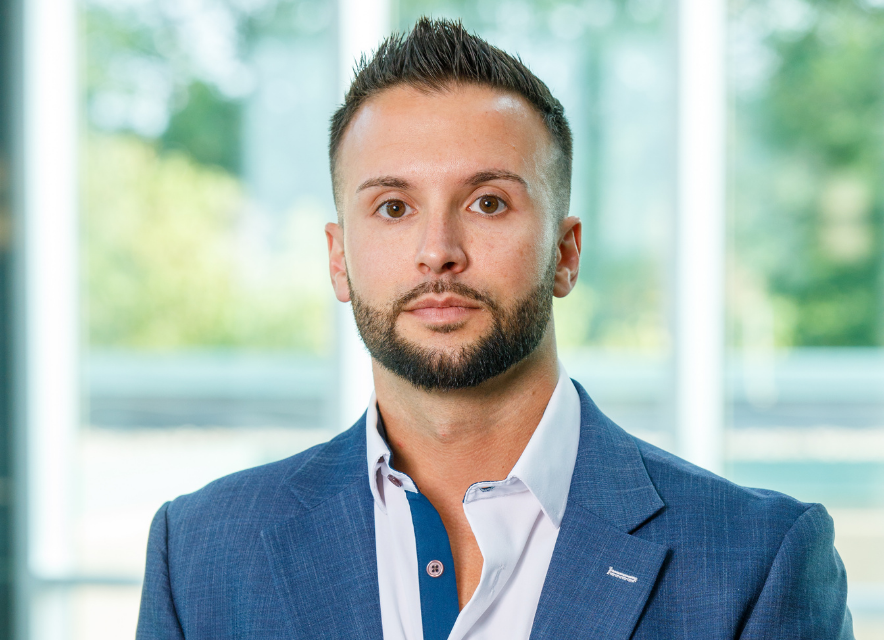
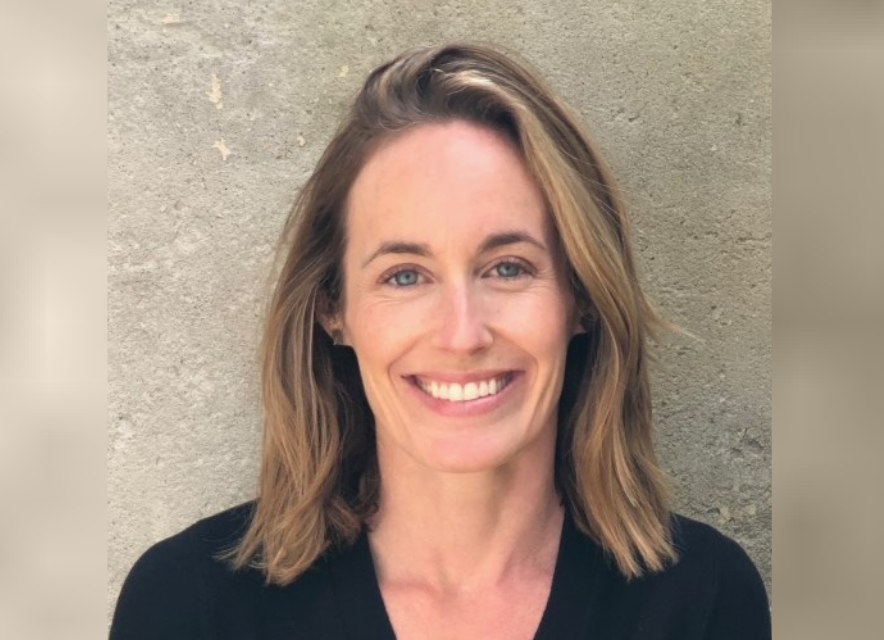
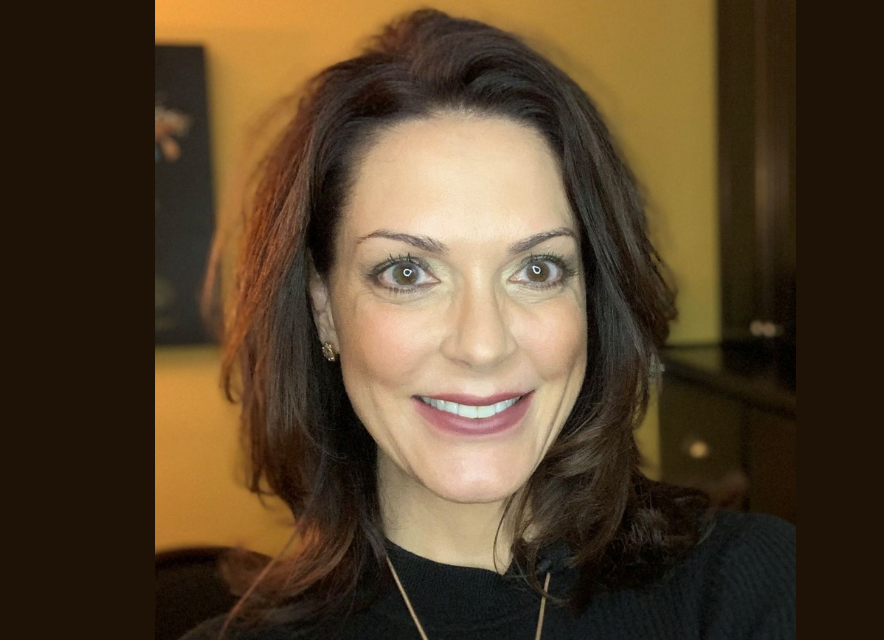
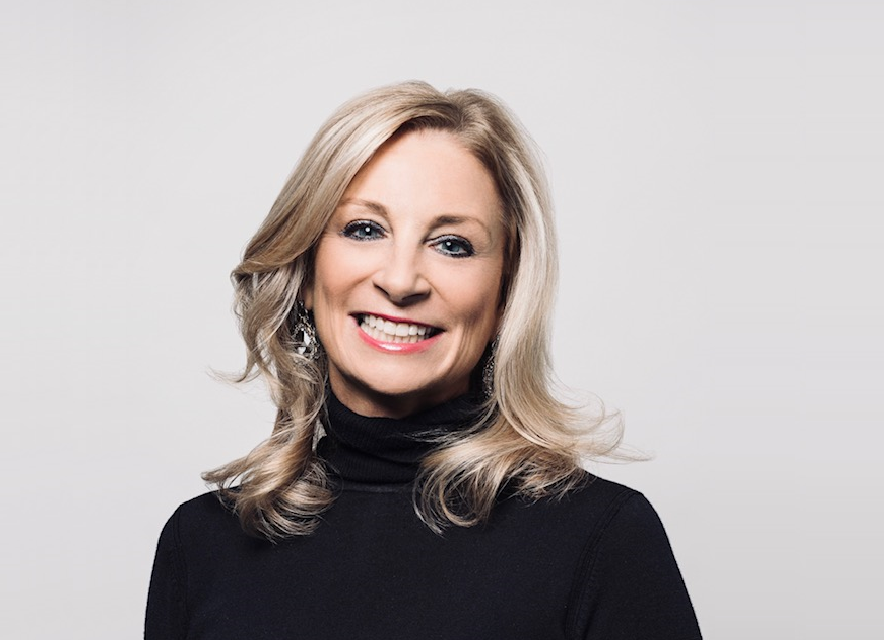
Leave A Comment